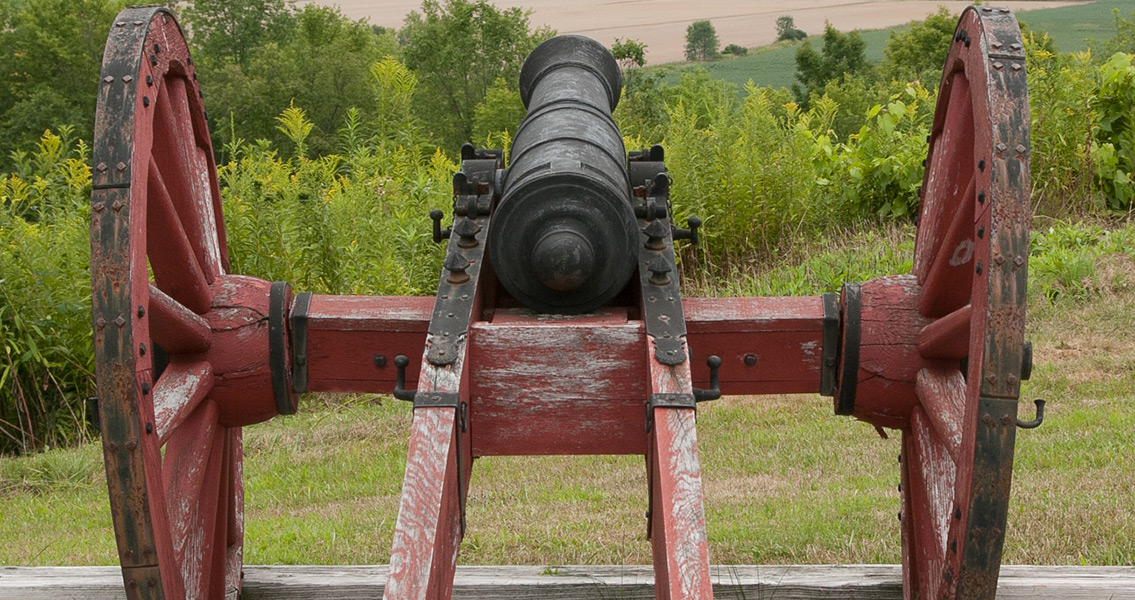<![CDATA[Battle Hill in upstate New York, the site of the US Revolutionary War’s Battle of Fort Anne, is “threatened” by a new granite and topsoil mine proposal, according to the Post-Star - a local newspaper. A survey of the site conducted by Binghamton University’s Public Archaeology Facility revealed that the battlefield itself is much larger than initially understood. Additionally, the importance of the battle – once thought to be a simple skirmish between the Continental Army and British forces – had much more significance for the war effort as well. The construction of a mine at Battle Hill could impact the historically significant site both “directly and indirectly” according to the survey. A mass burial at the location also runs the risk of being disturbed by any mining activity. More than half of the site of the battle, which occurred on July 8, 1777, is inaccessible due to the 12 percent or higher grade of the area. Team leader Dr. Michael Jacobson from the university’s Public Archaeology Facility remarked in an interview with the Post-Star that initial research of the area has revealed that the lion’s share of the clash between the Redcoats and the rebels could have taken place much closer to Battle Hill than currently believed. Gino Vona, both the owner of the construction company applying to build a mine at Battle Hill and the owner of the land, says that he has no plans to move forward until the matter of Battle Hill’s historical significance is resolved. Original plans for the mine called for a 50 acre site, but recent revisions to the application have reduced the site to under 27 acres and limited its depth to between 20 and 30 feet, above the groundwater line. The mine’s viability is estimated to be 10 to 15 years; at that point, the area would be returned to open grassland through reclamation efforts. The mine’s original location as proposed on its application made it clear that the goal was to avoid excavating any known battlegrounds. In light of these research results, the Fort Ann American Legion has plans to move forward on a full-fledged archaeological excavation on Battle Hill. The original survey was funded by a grant from the organization, which now plans to apply for a grant of its own to fund this next project. The New York Department of Environmental Conservation (DEC), the regulatory body that has the authority to sign off on the proposed mine, has yet to receive an environmental impact statement for the proposal, according to DEC public information officer Kevin Frazier. Until that time, the application will remain incomplete and no work can begin on the site; there are no deadlines for submission of this impact statement. Image courtesy of Wikimedia Commons user: Michael Francis Studios (Michael Cook)]]>
Revolutionary War Site Threatened by New Mine Proposal
